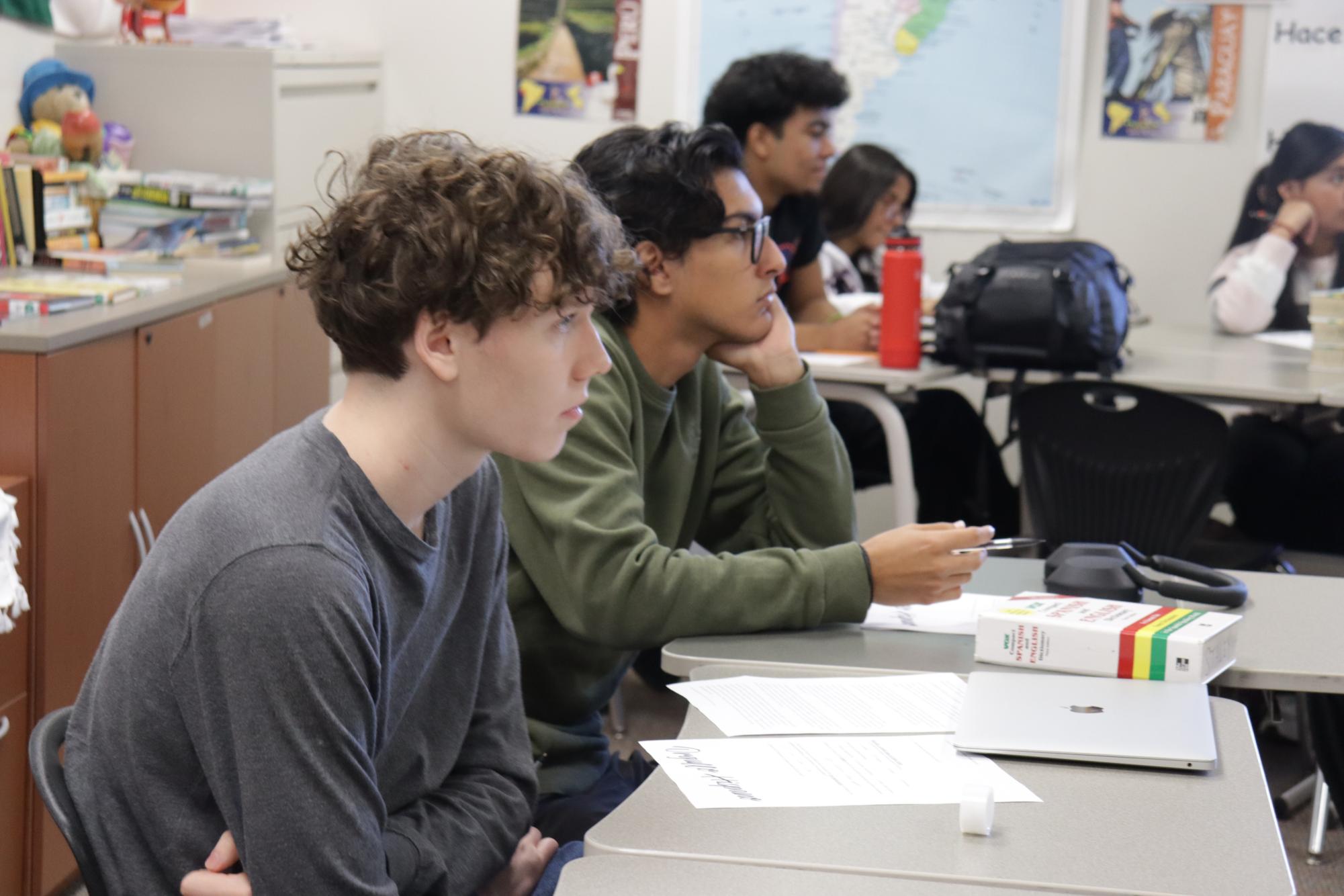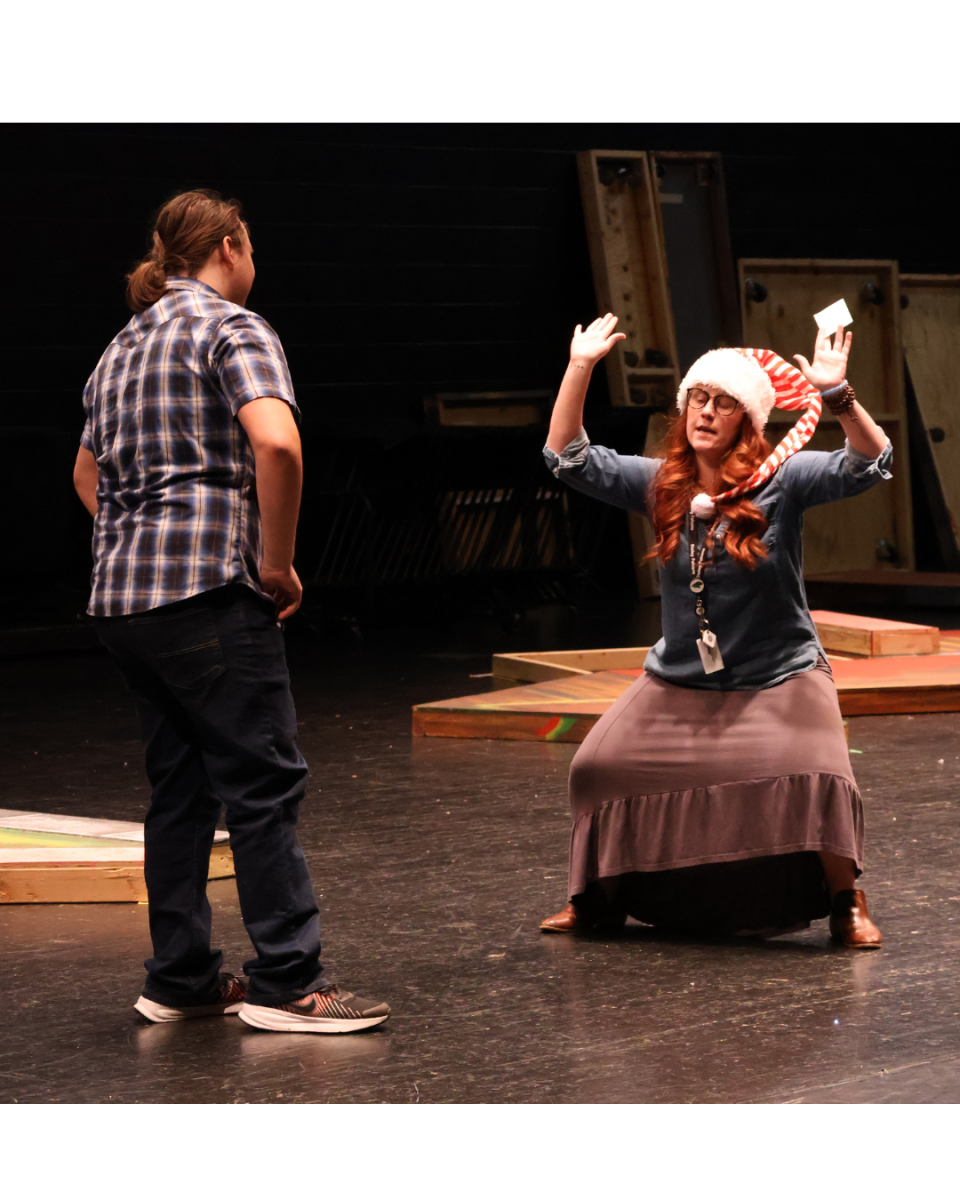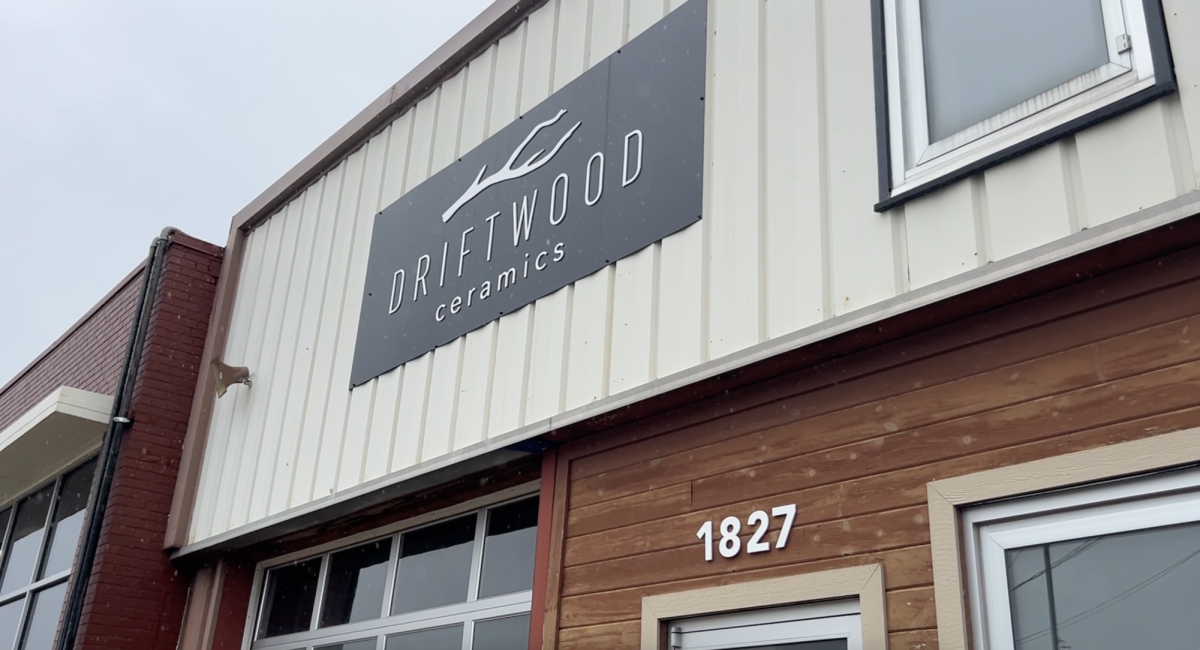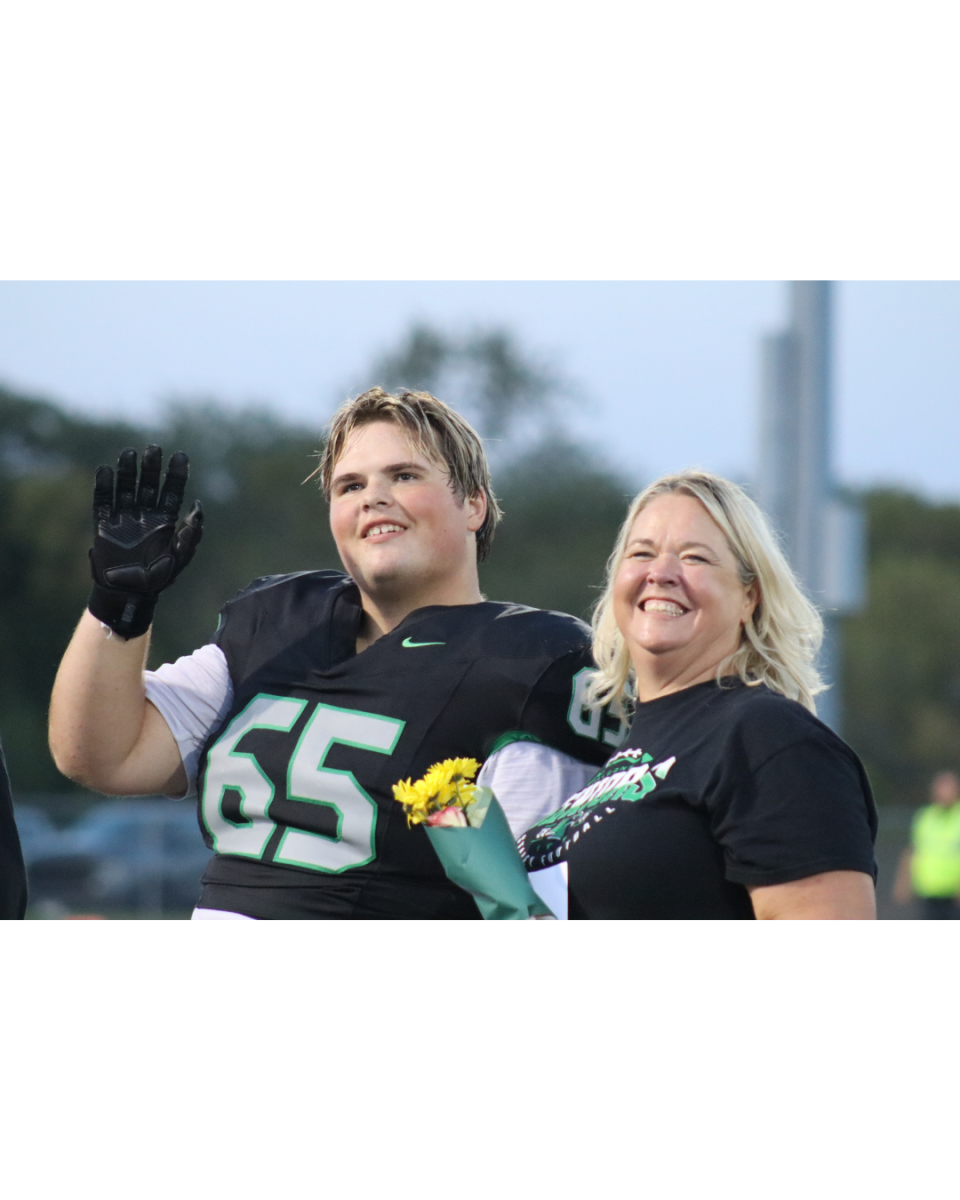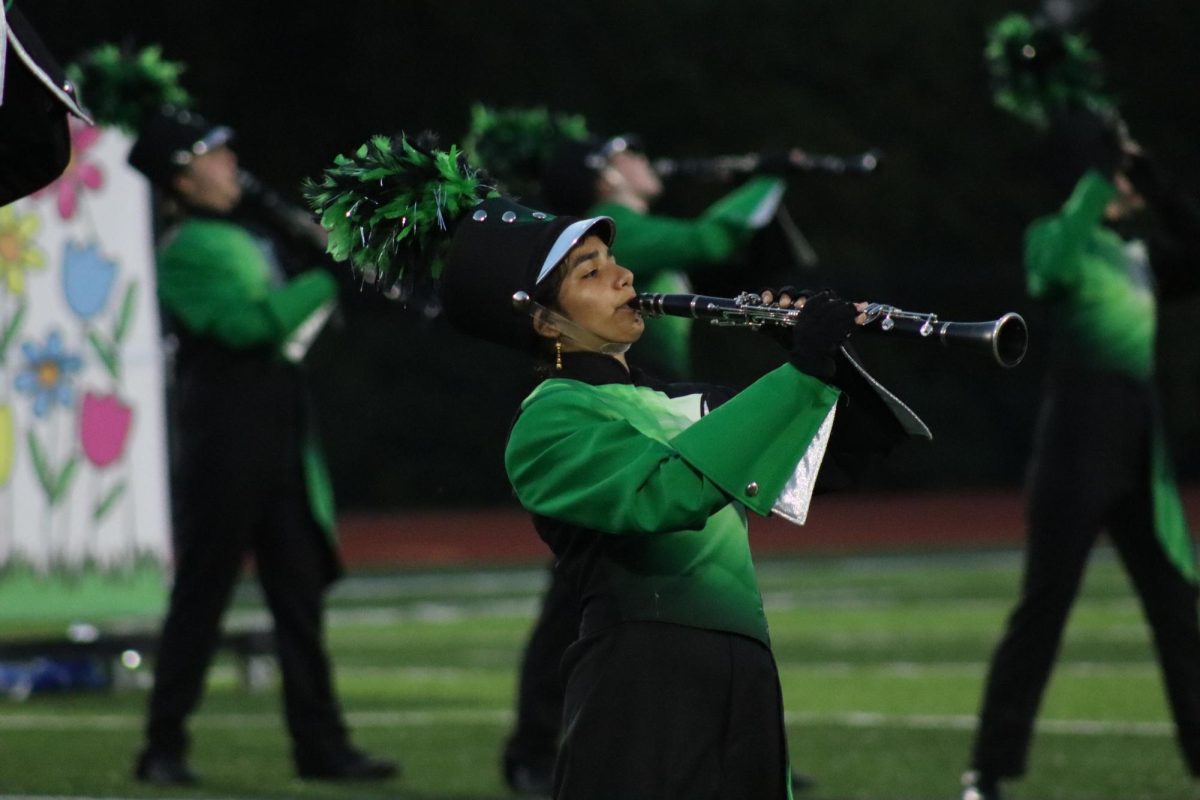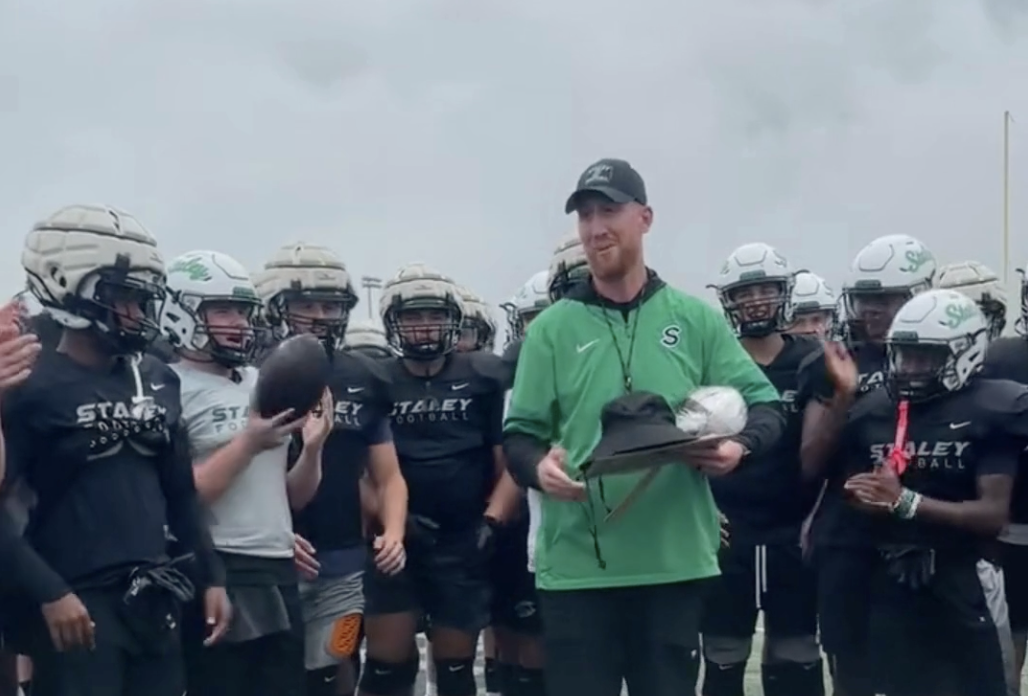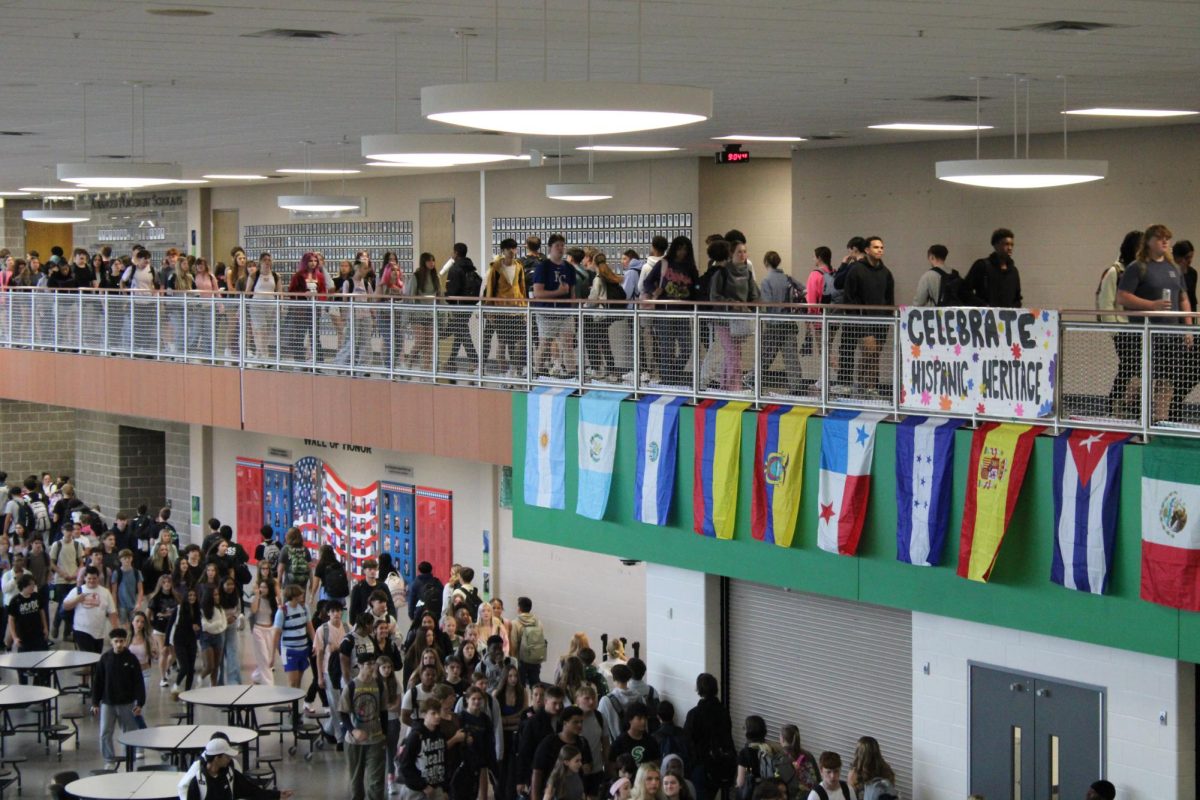
Maintaining two languages in a society where only few can empathize the needs to support it is a struggle that Heritage Spanish speakers face daily. The Spanish for Heritage Speakers class is offered for students who have been raised in Spanish-speaking homes but are schooled in English.
“One of the four high schools had the class,” Spanish teacher Hollye Willard said. “We had already been talking about how we needed a class for students who already speak Spanish because it’s not fun for them to sit in Spanish 1 or 2. It’s a great place for people that speak Spanish at home to develop their Spanish but also to have a sense of community. It’s a great place for Hispanic and Latino culture to be celebrated.”
In 2020, the Spanish for Heritage Speakers class was first offered. Despite the class being small, students express a sense of community.
“It’s nice to meet other first-generation or Latinos that are in the school,” junior Sebastian Esparza Reynoso said. “You can talk and connect with them and relate to them. It’s a class that you can make friends in quicker.”
Senior Jhanela Cordero earned her Seal of Biliteracy in Spanish her junior year while taking the class.
“Writing was something that was the biggest challenge for me, and I think the class really helped a lot with that,” Cordero said.

Spanish for Heritage Speakers is taught differently than the other Spanish classes. When taking this class, students start the day by taking 15 minutes to read a chosen book in the class’s mini library, five minutes to write in Spanish in response to a prompt on the board and the rest strengthening areas of the language that aren’t usually covered by the usual at-home familial conversations to which the students are accustomed.
“It’s common for people who are learning a language for the first time to have more ease with writing and reading than speaking,” Esparza Reynoso said. “Because of the accent, but usually people like us are the opposite: We know how to talk. The accent is correct, but writing and reading isn’t our strongest.”
Willard said the goal of this class is to implement more academic Spanish into the student’s everyday life. Its curriculum focuses on areas of the language that aren’t typically used in familial vocabulary used in the houses of heritage Spanish speakers. In addition, it provides a place where Hispanic culture is shared, related to and embraced.


